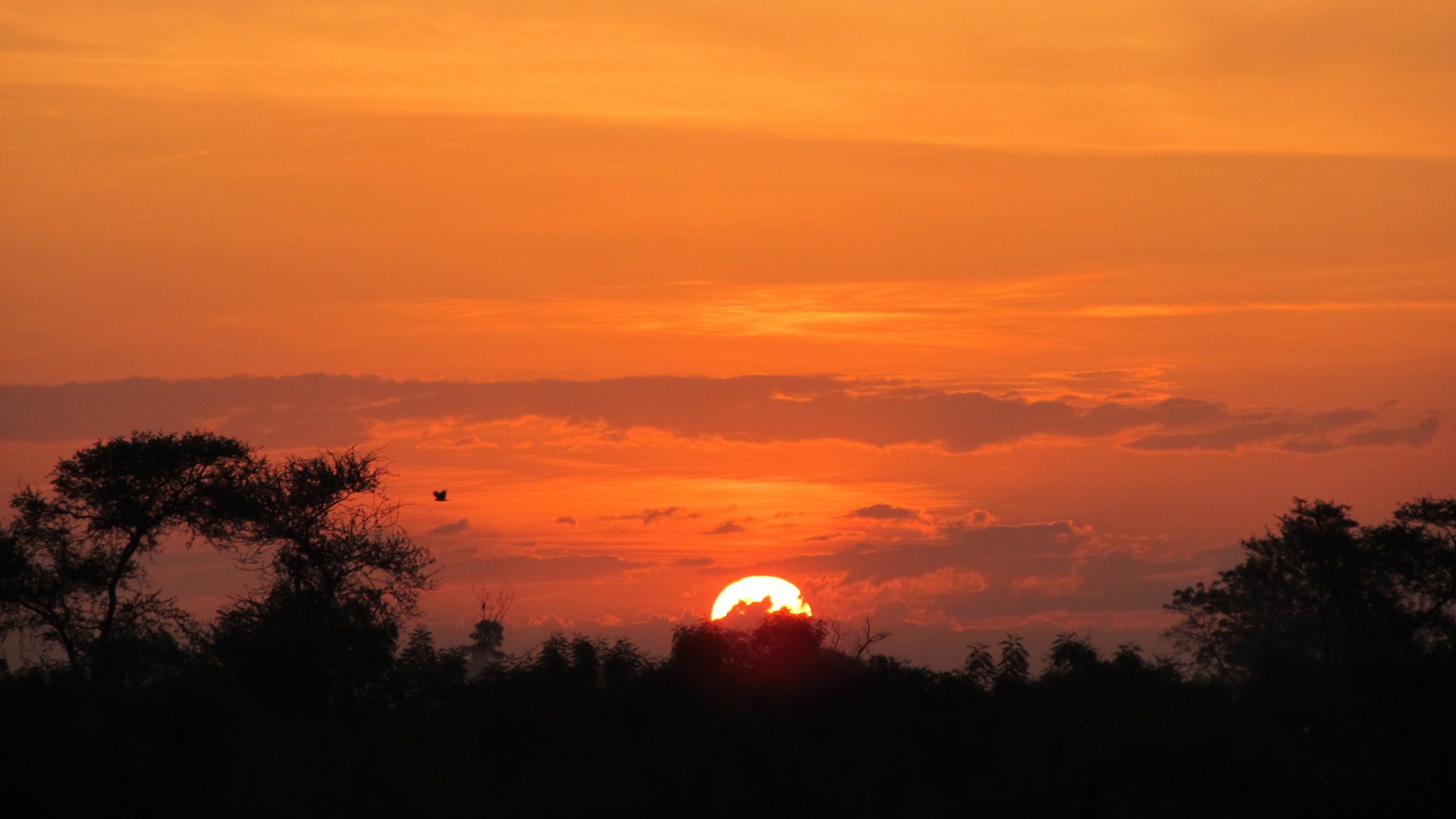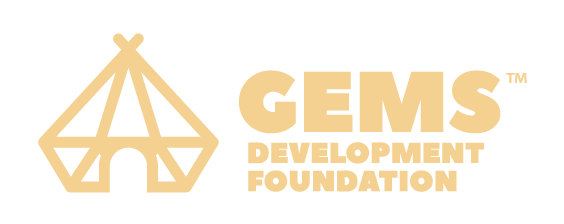
Severe Hunger Crisis
In South Sudan
Bridging the Hunger Gap in South Sudan
South Sudan has several factors contributing to unreliable food availability:
1.) The longest-running civil war in history ended only recently in South Sudan, meaning that generations were preoccupied with the fight for survival and not learning and passing on farming techniques. The generational knowledge that so many farmers have was lost.
2.) The region is wracked by extreme climate: periods of draught are followed by months of torrential rain...meaning any planted seeds will be washed away and/or scorched.
3.) This has meant that there is only one harvest per year, leading to a time period after the stores of grain run out known as “The Hunger Gap” — the time each year where there’s just no food.
Here’s where you come in.
When you donate to sponsor a farmer, you help support the training and resources that the eager local villagers need in order to learn new farming techniques. This will result in two harvests per year, ending those months of starvation for families in this region.
Your donation will not only help support the training of the farmers but will also help support a system of irrigation and dikes, which make that second harvest possible in a region with weather extremes like South Sudan.
Having a stable food supply is a critical step towards financial and political stability in this fragile region. Your donation makes a world of difference.
Choose Your Donation
Custom Amount
Donation Breakdown
$5 = one day of food and education for a farmer and family
$25 = 1 week of food and education for a farmer and family
$100 = 1 month of food and education for a farmer and family
$500 = 0.5 acre of land, 1 shovel, 1 pick, food, and education for farmer and family for 100 days
Providing Long Term Food Security Through Agricultural Empowerment in South Sudan
Our team devised a plan to train 100 villagers on modernized farming techniques, including constructing a 1-mile ditch and dike around a 25-acre plot of land set aside by the paramount chief. We broke ground in January of 2019 and broke our group into teams of ten.
Over the next 9 months we built the ditch and dike, cleared the land, plowed the rows, fertilized the ground, planted seed, and weeded the fields! We trained the group leaders and they trained their teams. We provided each farmer with enough food for their family, tools for their jobs, and education on proper agricultural principles. As they worked we noticed their confidence rise and their overall health improve. Ayat Wol Ayat, the second in command of the village commented,
“My people are fat and they are happy!”
As the rains came down, our farm was protected from the flood and we were able to harvest the Sorghum for the village.
In August of 2018 our team travelled to the remote village of Majok Goi in Aweil State in South Sudan. Due to heavy rains and harsh clay soil the whole area was nearly 3 feet under water.
Crops were destroyed, homes were vacated, and the people were forced to spend the next months searching for higher ground and reliant on NGOs and Non-Profits to supply their next meal.
In speaking with local leaders we learned that that regardless of the intensity of the flooding, the "hunger gap" was almost a yearly occurrence caused by arid soil, inefficient farming techniques, and most importantly the inability to harvest more than one crop per year due to flooding. We were surprised to see how inefficient the "farming" techniques in the area were.
Most families bought some seed... broke up a 10x10 ft. area of ground, and then threw the seed in the air hoping it would grow. We realized that years of civil war had displaced the majority of the elders in the region, and that thousands of years of agricultural wisdom had been lost. This hunger gap effects more than 7 million people per year.








